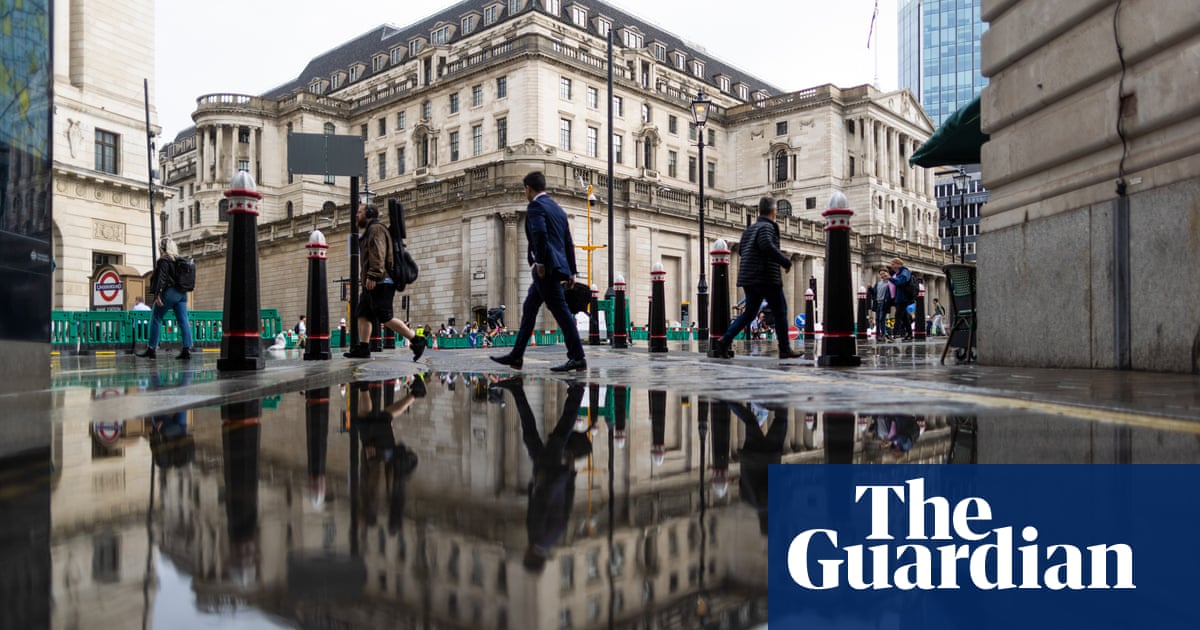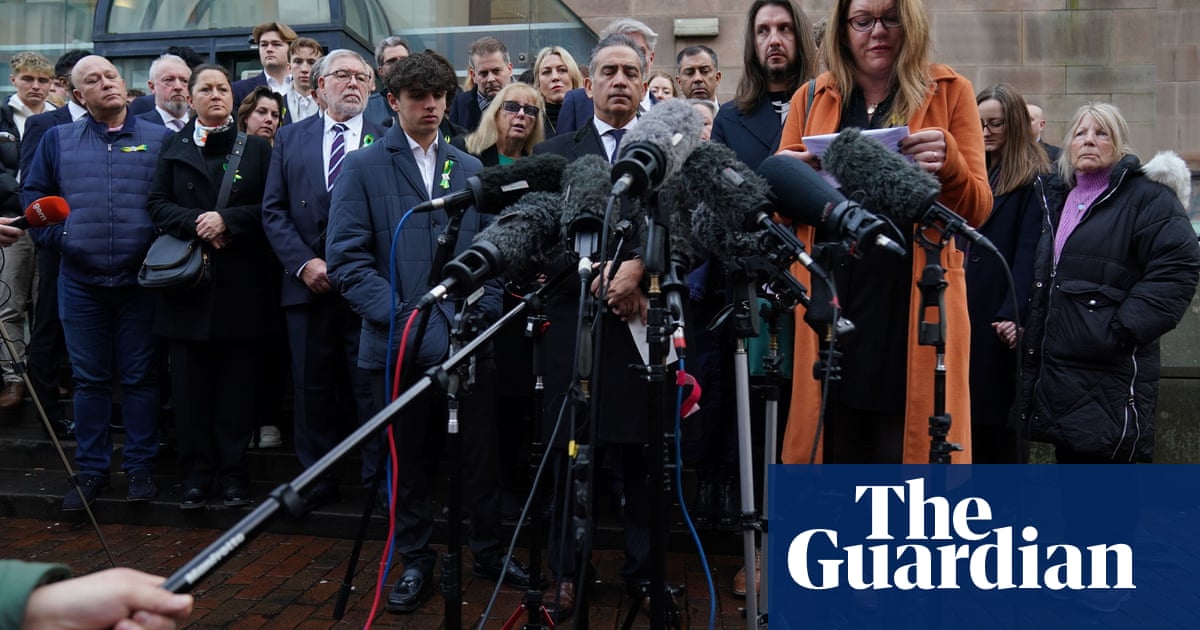
What has been proposed?
Boundary Commission officials have been working out how to rejig the map of parliamentary constituencies to make them about equal in voter numbers and reflect population changes across the whole UK.
A plan was published on Tuesday for raising England’s number of seats from 533 to 543, while commissioners in the other three UK nations are not due to publish their recommendations until at least next month. The changes are set to come into force at the next general election – so long as it is held after summer 2023.
Who are the winners and losers?
The Conservatives are set to gain between five and 10 seats when the suggested changes are implemented, according to Tory peer and polling expert Lord Hayward. He said the corresponding losses would not necessarily be borne by Labour alone but also could hit the Scottish National party and Plaid Cymru, given the reduction in constituencies in Scotland and Wales by two and 12, respectively.
Hayward highlighted Finchley and Golders Green becoming Finchley and Muswell Hill, which he said would flip it from a seat held by Tory whip Mike Freer to a Labour gain. But conversely, he said that constituencies such as Lancaster and Fleetwood, held by Labour shadow cabinet minister Cat Smith, would probably turn blue.
Other frontbenchers said to be at risk are defence secretary Ben Wallace and education secretary Gavin Williamson. Wallace’s Wyre and Preston North seat is being “entirely reconfigured” as part of a bid to cut two seats from Lancashire and Cumbria, while Williamson’s South Staffordshire constituency could be divvied as part of plans to take away two seats from that county and the Black Country.
While there are likely to be upsets for individual MPs, the founder of the political consultancy Electoral Calculus, Martin Baxter, said the changes would only make a “little” difference to the potential makeup of the House of Commons at the next election and that shifting public opinion would be a “much more important factor”.
What has been the reaction?
In a word: mixed. Some MPs will find themselves in safer seats sitting on bigger majorities, thanks to swathes of voters who normally back their party joining their constituency. These politicians, however, are likely to keep their heads down – not wishing to crow or appear callous to less fortunate colleagues. One secretly pleased MP in a swing seat said they were “very pleasantly surprised” an area of traditionally hostile voters was being siphoned off to another constituency.
The unlucky ones are those who will face a tougher fight at the next general election due to losing crucially supportive wards, or battling their constituency neighbour to be selected as the party candidate in the event their seat is subsumed into another.
But it is not just the political numbers game that will be on MPs’ minds. Parliamentary constituencies are an important aspect of local identity for some.
Michael Fabricant, a Tory backbencher who represents Lichfield in Staffordshire, expressed concern the changes show “no knowledge” of his area and said the Lichfield Trent Valley station being cut in half and placed in two different seats was “nonsense”. He added: “It bears all the hallmarks of boundaries drawn in the 19th and 20th centuries by Whitehall mapmakers in days of empire without any knowledge or care of the regions and people concerned.”
The same concern was echoed by the Electoral Reform Society, which said the permissible difference in size between the number of voters in each constituency should have been 10% instead of 5%. “There should have been more flexibility to help seats reflect actual communities,” the group said.
It also believes the size of each seat should have been measured on census population data instead of the electoral roll, given it believes 9.4 million eligible people – predominantly who are younger, lower-earners and from ethnic minority backgrounds – have not registered to vote, and will therefore not be counted.
What happens next?
Tuesday’s publication of the initial proposals is just the first step. The commission has launched an eight-week consultation, during which it will receive written representations from political parties and affected residents. It will not publish those responses until early 2022 before conducting a second six-week consultation, with up to five public hearings in each English region.
Later in 2022, the revised proposals will be released and a third consultation will open for four weeks, before the final report is submitted to the Commons Speaker in June 2023 and published.
The government must then make an order to the privy council bringing into effect the recommendations of the boundary commissions from all four UK nations, with no parliamentary vote needed. The changes will come into effect at the next general election, with any by-elections in the run up to it held on the basis of the existing boundaries.
Will it affect the timing of the next general election?
There is a myriad of factors in play when it comes to calculating when the next election is likely to happen. On the one hand, the boundary review could embolden MPs with a tougher race on their hands to urge the prime minister to call the election before the changes come into effect, so as to face a better chance of holding on to their constituencies.
On the other, some Tory MPs feel confident their party comes out well overall as a result of the boundary changes, so Johnson may stand a better chance of holding on to his sizeable majority if he goes to the country once they are implemented.












